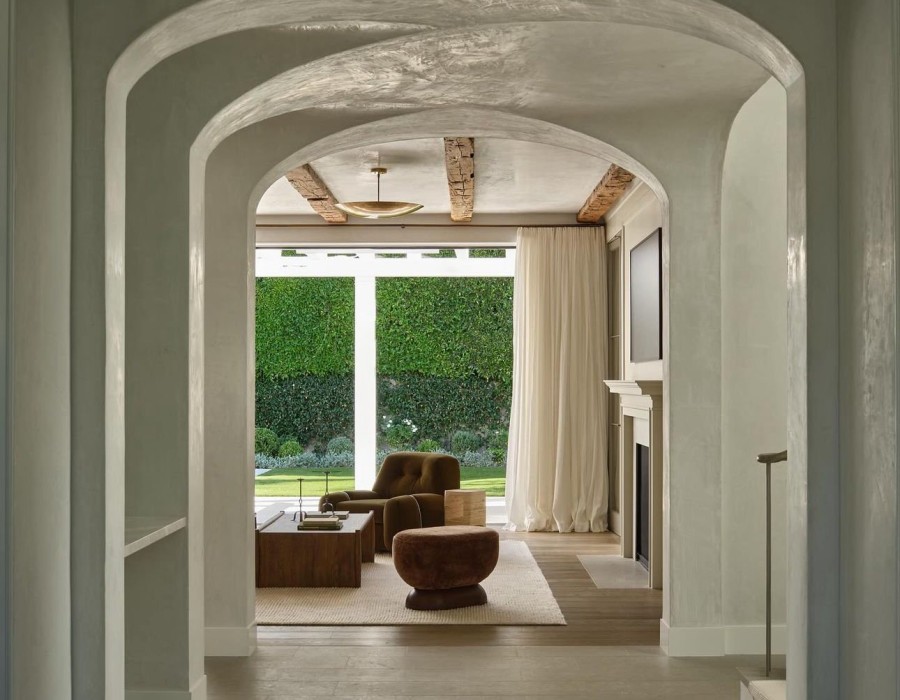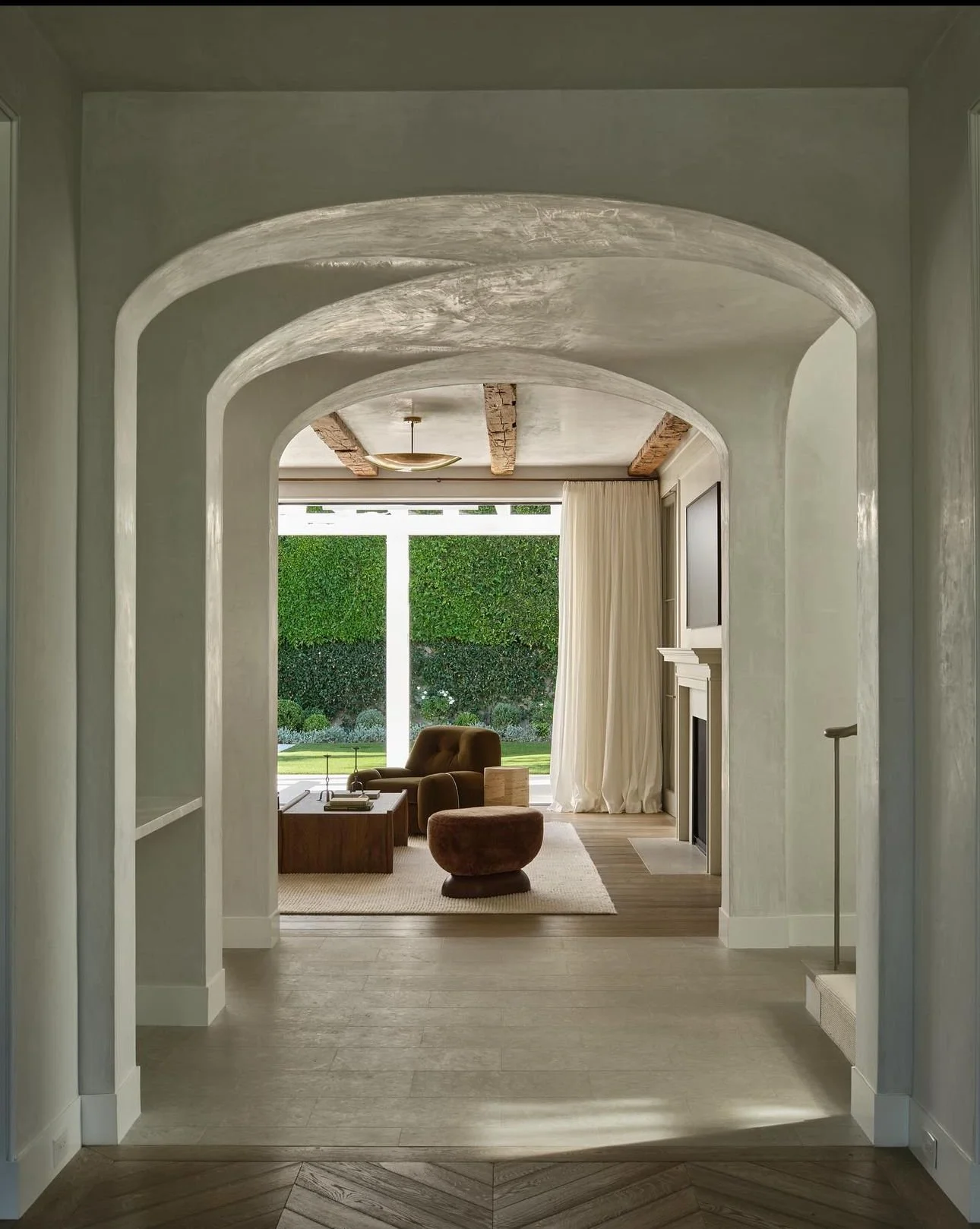The Art and History of Decorative Plaster
Decorative plaster has a rich history that dates back to ancient civilizations such as the Egyptians, Greeks, and Romans, who used it to embellish temples and palaces. Throughout the Renaissance and Baroque periods, plasterwork reached new heights with intricate designs and ornate details gracing the walls and ceilings of churches and aristocratic homes. Today, this traditional craft continues to evolve, blending classical techniques with contemporary styles to suit various architectural aesthetics.
Types of Decorative Plaster Finishes
Venetian Plaster: Known for its luxurious, marble-like appearance, Venetian plaster is made from lime putty and marble dust. It is applied in multiple thin layers, then polished to a high gloss, creating a deep, reflective finish. This technique can be tinted with natural pigments to achieve a wide range of colors.
Stucco: Traditionally used on exterior surfaces, stucco can also be adapted for interior walls to create a textured, rustic look. Made from lime, sand, and water, it can be smooth or coarse, depending on the application method and the desired effect.
Marmorino: This type of plaster is similar to Venetian plaster but has a more matte finish. It incorporates crushed marble and lime, providing a smooth, velvety texture that can be customized with various colorants.
Tadelakt: Originating from Morocco, Tadelakt is a waterproof plaster used in wet areas like bathrooms and kitchens. It consists of lime plaster mixed with natural soap, resulting in a seamless, slightly shiny surface that is both durable and aesthetically pleasing.
Textured Plaster: By using tools such as trowels, sponges, or brushes, artisans can create a variety of textures, from rough and rugged to soft and subtle. Textured plaster adds depth and dimension to walls, making them stand out as focal points in a room.
Benefits of Decorative Plaster
Decorative plaster offers numerous advantages that go beyond its visual appeal. Firstly, it is a highly durable material that can withstand wear and tear, making it ideal for high-traffic areas. It also has excellent insulating properties, helping to regulate indoor temperatures and reduce energy costs. Additionally, lime-based plasters are breathable and resistant to mold and mildew, Decorative Plaster Wall Finishing promoting a healthier indoor environment.
Another significant benefit is the customization potential. Decorative plaster can be tailored to match any style, whether you prefer the sleek, modern look of polished plaster or the old-world charm of rustic stucco. The ability to add pigments and create bespoke textures means that no two plaster finishes are exactly alike, ensuring a unique and personalized touch for your space.
Application and Maintenance
Applying decorative plaster is a skilled craft that often requires professional expertise. The process involves preparing the wall surface, applying multiple layers of plaster, Versatile Finishing Roman Clay Service and finishing with various techniques to achieve the desired effect. While it may be more labor-intensive than other wall treatments, the results are well worth the effort.
Maintenance of decorative plaster is relatively straightforward. Regular dusting and occasional cleaning with a damp cloth are usually sufficient to keep it looking its best. For high-gloss finishes like Venetian plaster, a gentle polishing can restore its shine over time.






Comments